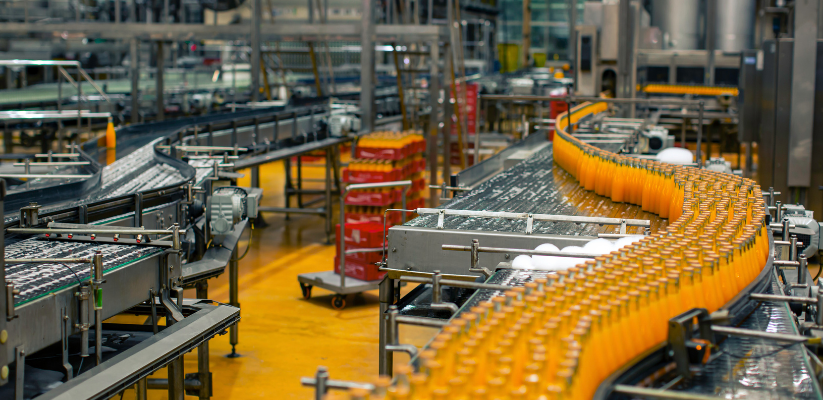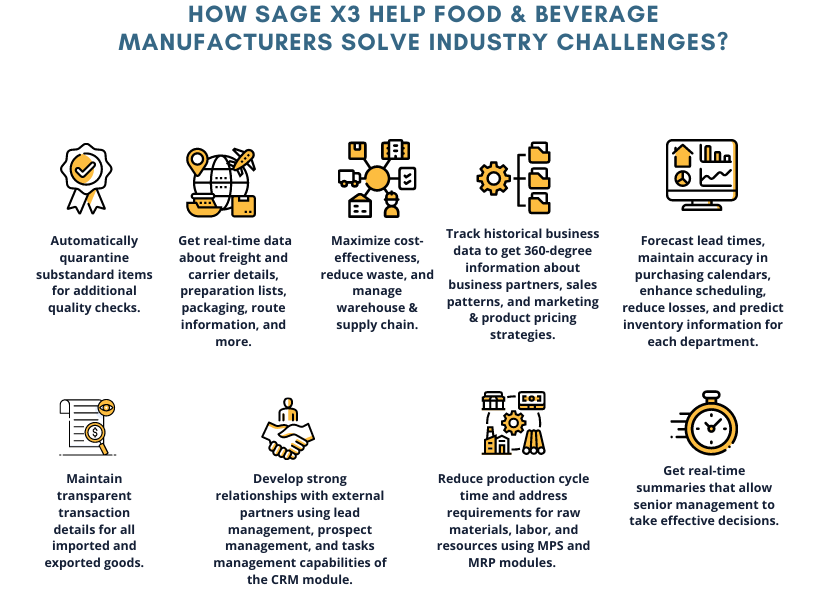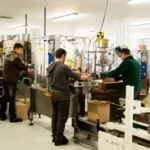Summary: The fundamental pillar of food and circular economy is transforming how we grow and consume food. It also has a significant impact on rebuilding biodiversity, addressing climate change, and creating healthy cities. The present-day food ecosystem supports a fast-growing population, fueling economic growth and urbanization. However, it’s causing substantial loss to the environment and society. Food and Beverage manufacturers should adopt regenerative food practices, source raw materials from local suppliers, reduce food wastage, and design and market healthier food products to improve the global food system.

A circular economy mindset is the best way to counter the ill effects of food waste and build a healthier and greener food supply chain. This blog will shed light on how you can achieve this goal:
Upcycled opportunities
Upcycled opportunities provide F&B manufacturers to transform agricultural and food waste into value-added products. The Upcycled Foods Definition Task Force defined “Upcycled food” in 2020 as foods that:
- Use ingredients that humans wouldn’t have consumed
- Are acquired and produced using authentic supply chains
- Impact the environment positively
Ellen MacArthur Foundation predicts that upcycled foods have a worldwide annual economic potential of USD 700 billion.
One of the best examples of the positive impacts of Upcycled business models and product applications comes from craft and commercial brewers. Brewers’ spent grain, a by-product of beer brewing, is often considered a waste product. But it contains cellulose, protein, fiber, and hemicellulose and therefore has immense potential in upcycled food formulations. Real-life examples include flour from NETZRO and protein bar products by ReGrained.
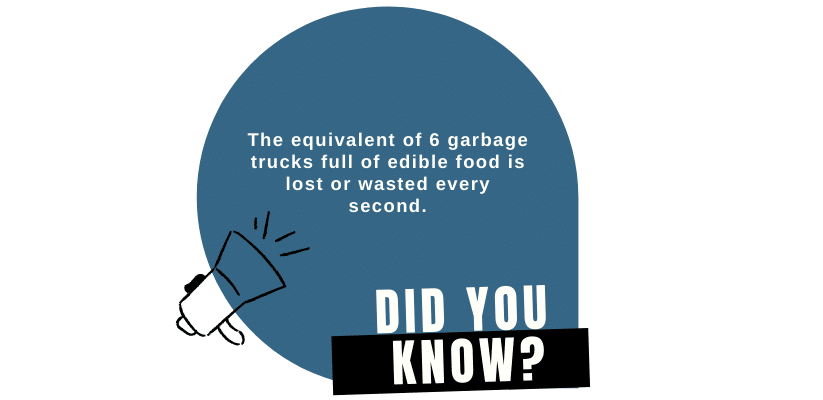
What do consumers think?
One of the biggest challenges comes from what consumers think. For example, some consumers might not like consuming “waste” products. For instance, in an online survey conducted in the UK, 106 participants were shown two images, one made using conventional ingredients and the other using upcycled sunflower. After that, the participants were asked to choose their preferred biscuit concept, selection drivers, and understanding of the word “upcycled”. Interestingly, 85% of participants didn’t know about the term upcycling, but they expressed their desire to consume upcycled ingredients.
Here are the reasons that consumers gave for consuming upcycled ingredients:
- Low prices
- Health and environmental benefits
- Playing a role in combating food waste
Implementation issues
Implementing a circular economy mindset requires innovative business models, new processes, and socio-cultural changes that need the participation of various stakeholders, including:
- nongovernmental organizations
- consumers
- policymakers
- scientists
Moreover, you also require cost-effective operating models that depend on affordable fresh ingredients like agricultural products. But the most significant challenges with circular economy initiatives are lack of performance indices and longer payback horizons. Moreover, distribution, formulation, and added processing pose additional hurdles for F&B manufacturers.
F&B manufacturers should create a consortium that communicates their efforts in this direction, ensuring consumers don’t feel confused.
Transitioning to a Sustainable Food System
Food production, manufacturing, distribution, and consumption patterns have changed drastically in the last few decades. Globalization and industrialization have also transformed consumer preference for healthier food and opened new ways for trade, prosperity, and innovation.
Hence, a complete makeover of the food system is necessary for the coming years, specifically focusing on eight themes. The infographic below shows them in detail:

Preventing food waste
About 33% of food goes uneaten globally and about two billion people worldwide face food insecurity.
The best way of reducing food waste is by adopting a circular economy.
What is the difference between a linear food economy and a circular food economy?
A linear food economy is based on four principles: ‘take, make, use, dispose’ system. In this system, food articles are procured, finished food products are created, and the leftovers are disposed of. The disadvantages of this system are:
- Price volatility resulting from resource scarcity
- Reduction in product and material price
- Insufficient supply of raw materials due to overconsumption
- Release of greenhouse gases resulting from resource pooling
On the other hand, a circular economy focuses substantially on building a full-fledged waste reduction infrastructure that eliminates the environmental impacts of consumption and production. Moreover, they also help reuse products and generate economic opportunities in different areas.
Waste valorization, the process of recycling and reusing waste products into valuable materials, helps increase market competitiveness.
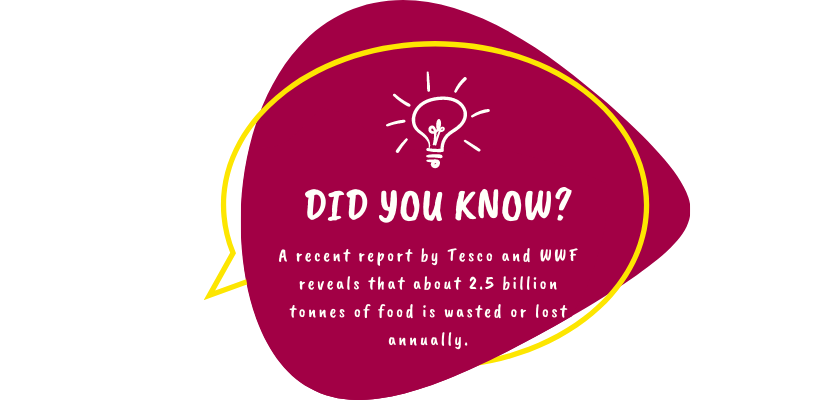
How to transition to a circular economy instead of a linear economy?
Tesco and WWF inform that a significant share of food (15.3%) is lost in the farming stage. Therefore, farmers and food producers require more solutions to adopt a circular economy model.
-
Solutions for farmers
Inflexible contracts, crop shortage, and agricultural by-products are the three most significant factors contributing to food loss at the farm level. Farmers can transition to a circular economy model by reducing waste channels, optimizing farming processes, implementing regenerative practices, and finding better ways of employing waste products.
The following example sheds light on how farmers can transition to a circular economy model:
Only 20% of the olive fruit is used during olive oil production. The rest 80%, called olive pomance, is a by-product. PHENOLIVA, an EIT food project, is contributing in the following ways to creating a self-sustained circular economy for olive oil production:
- The high antioxidant content of olive pomance can be used as an affordable food additive.
- Antioxidant additives extend the shelf-life of food products by eliminating deterioration caused by oxidation.
-
Food services and retail
The UNEP food waste index reveals that retail outlets and food services waste about 2% and 5% of the total food in the supply chain stage.
Companies like Mimica are creating advanced food expiry labeling that enhances food security and reduces food waste. For example, “Mimica Touch” is an expiry label that accurately indicates a product’s freshness by turning bumpy when a food or beverage item is spoilt. It’s compatible with dairy, juice, and red meat and will soon become compatible with milk products and vaccines.
-
Households
The Food waste index report 2021 shows that 11% of the total food is wasted at the consumption level. It further reveals that 74 kgs out of 121 kgs of consumer-level food are wasted every year.
Most people waste food because it’s simple to dispose of food articles instead of devising ways of reusing them or due to confusing expiration dates. So F&B manufacturers need to develop innovative ways of changing food consumption habits.
Few initiatives like ‘From waste to value: How to tackle food waste’ allow food consumers to know about the cause behind food waste and discover new ways to counter food waste at the personal, community, and national levels. Similarly, Unilever launched an initiative called “Bring your own food restaurants” in 2019 to educate people about food waste.
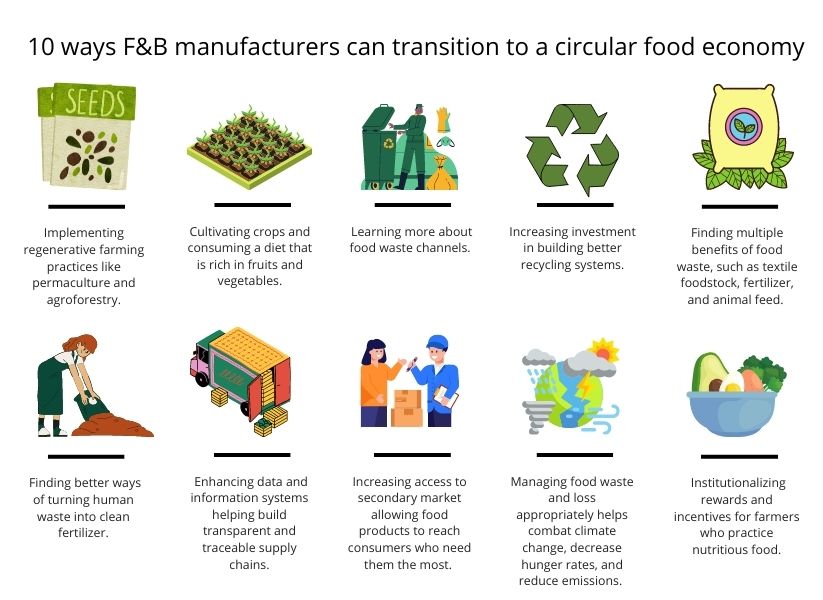
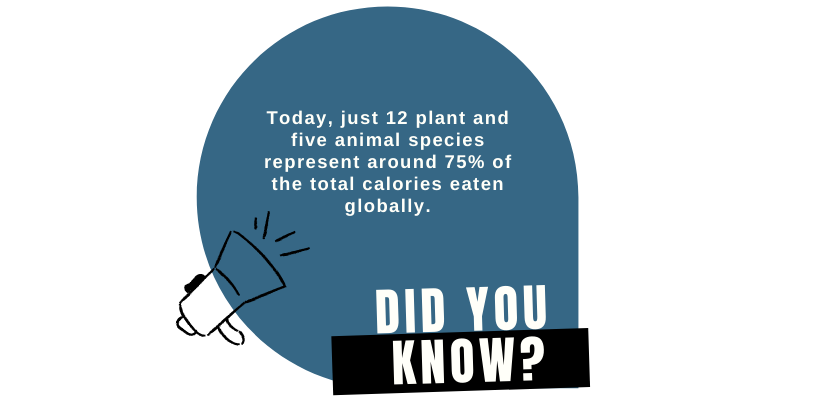
How does Sage X3 help food & beverage manufacturers solve industry challenges?
Sage X3 ERP software for the food & beverage industry is a market-leading business management solution with advanced modules for quality control, lot tracking, recipe management, and regulatory compliance.
STAY UPDATED
Subscribe To Our Newsletter
At Sage Software Solutions (P) Ltd., we are home to world-class ERP software and CRM software that will solidify your business tech support fundamentals and enable you to build a customer-centric organization. You can also write to us at sales@sagesoftware.co.in.
Disclaimer: All the information, views, and opinions expressed in this blog are those of the authors and their respective web sources and in no way reflect the principles, views, or objectives of Sage Software Solutions (P) Ltd.
